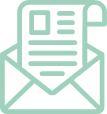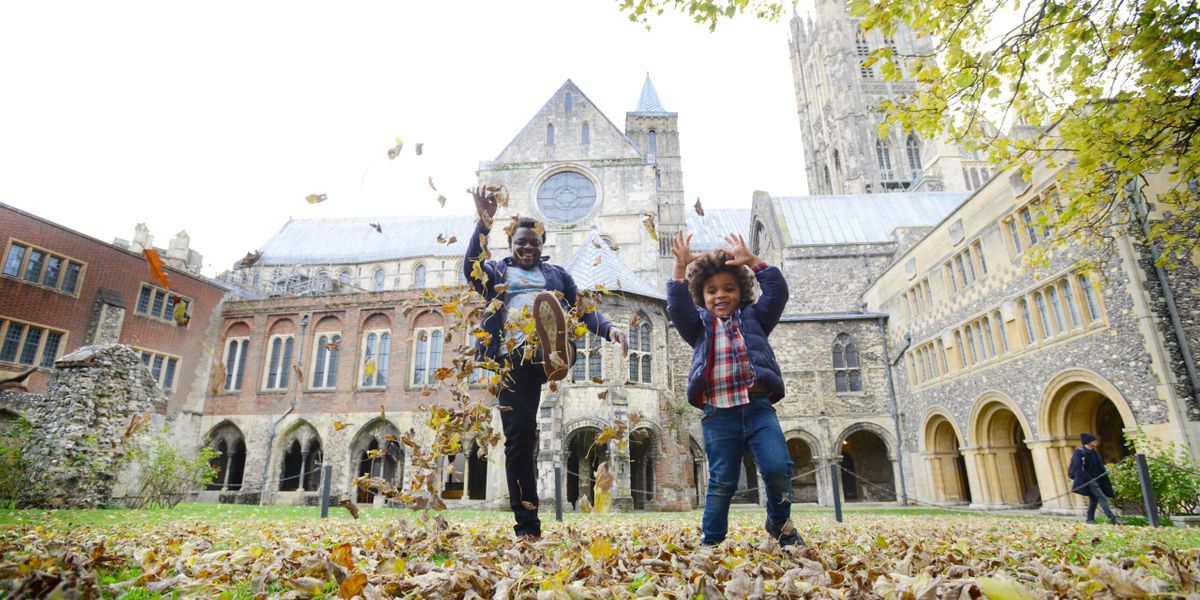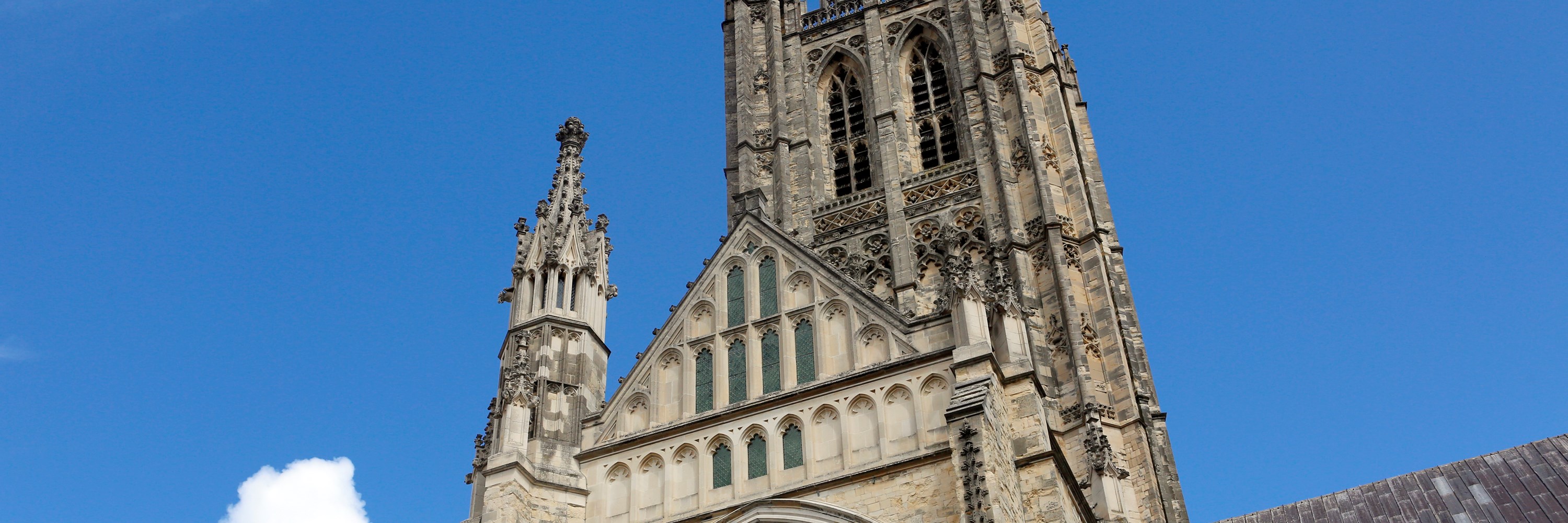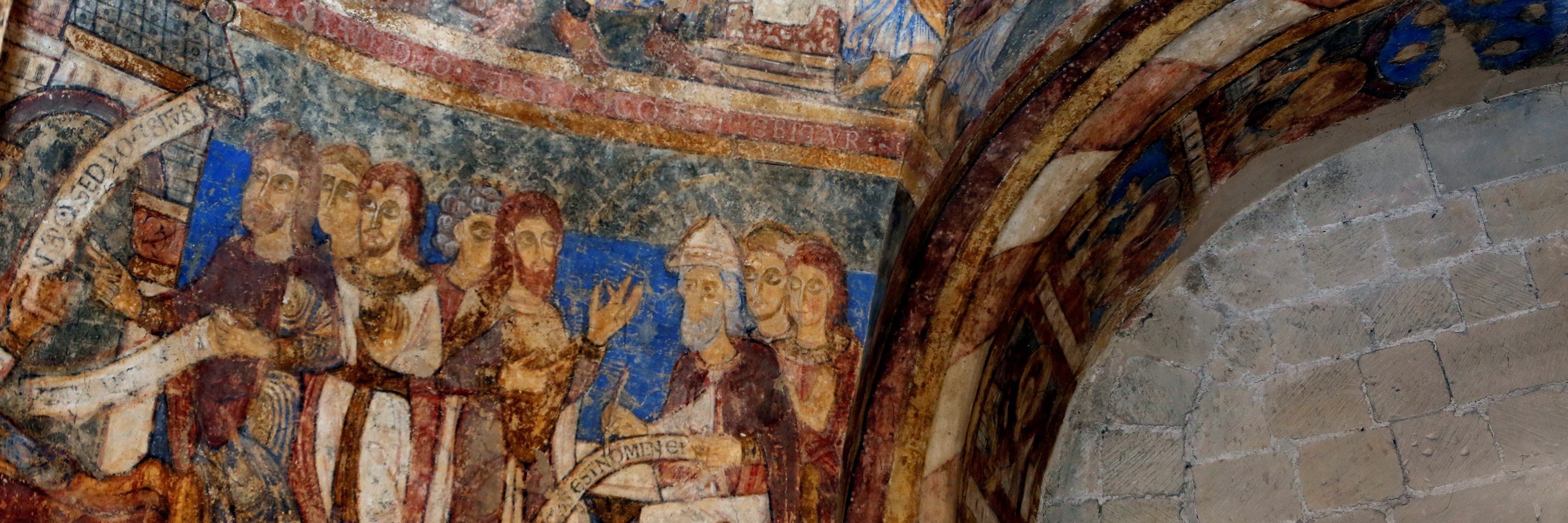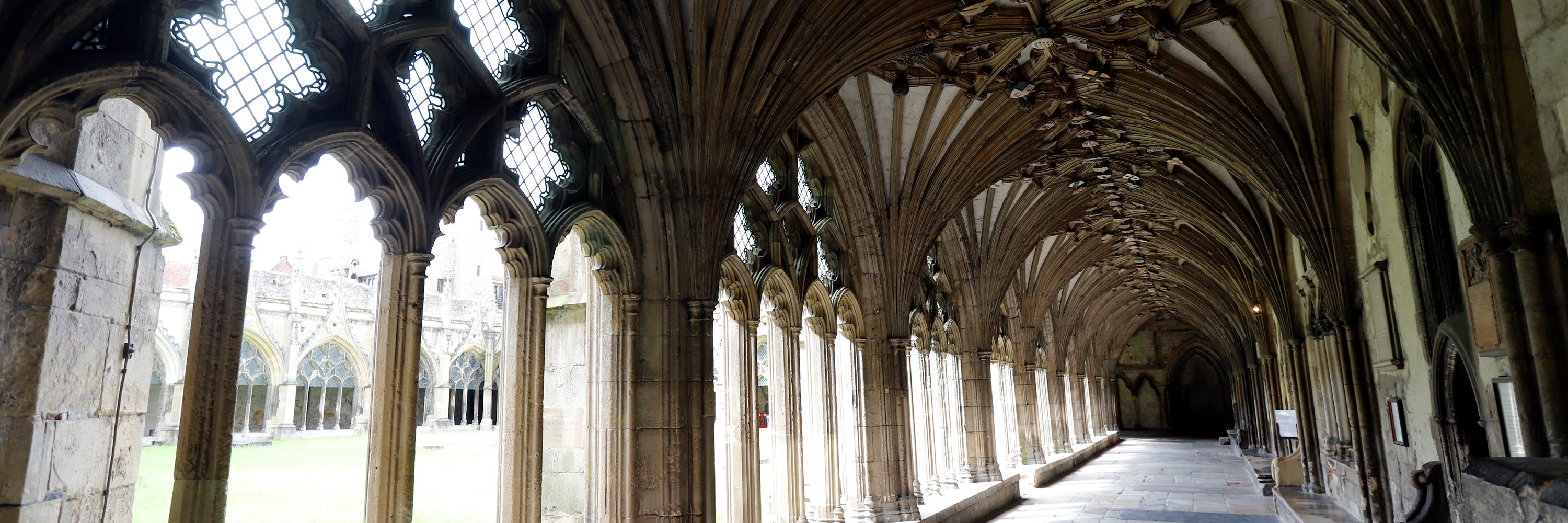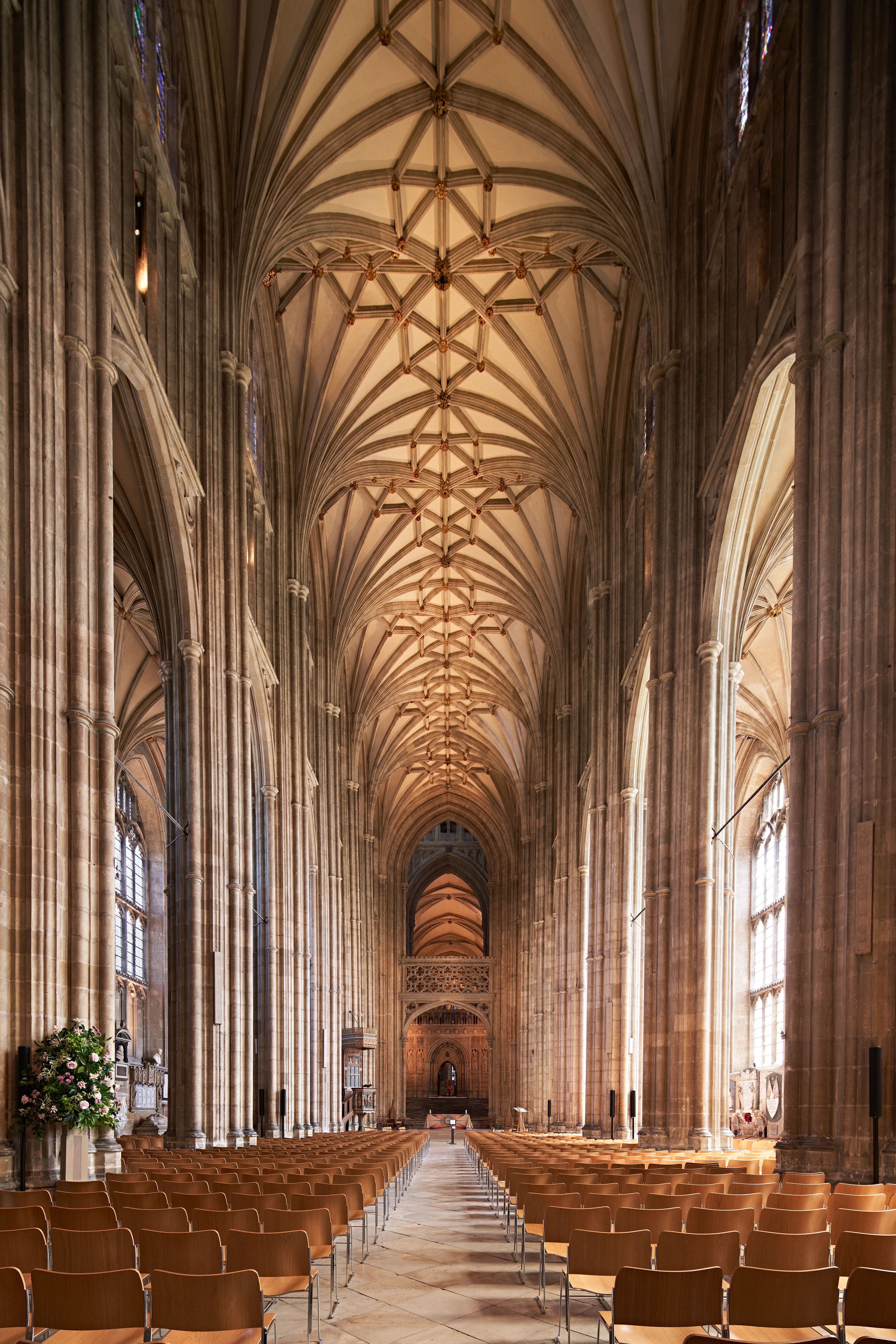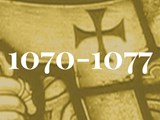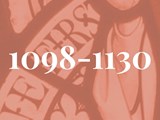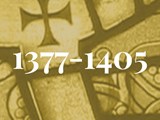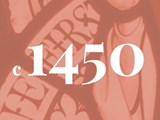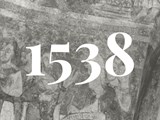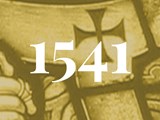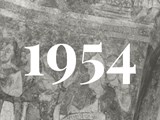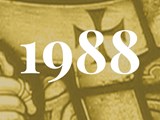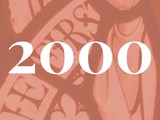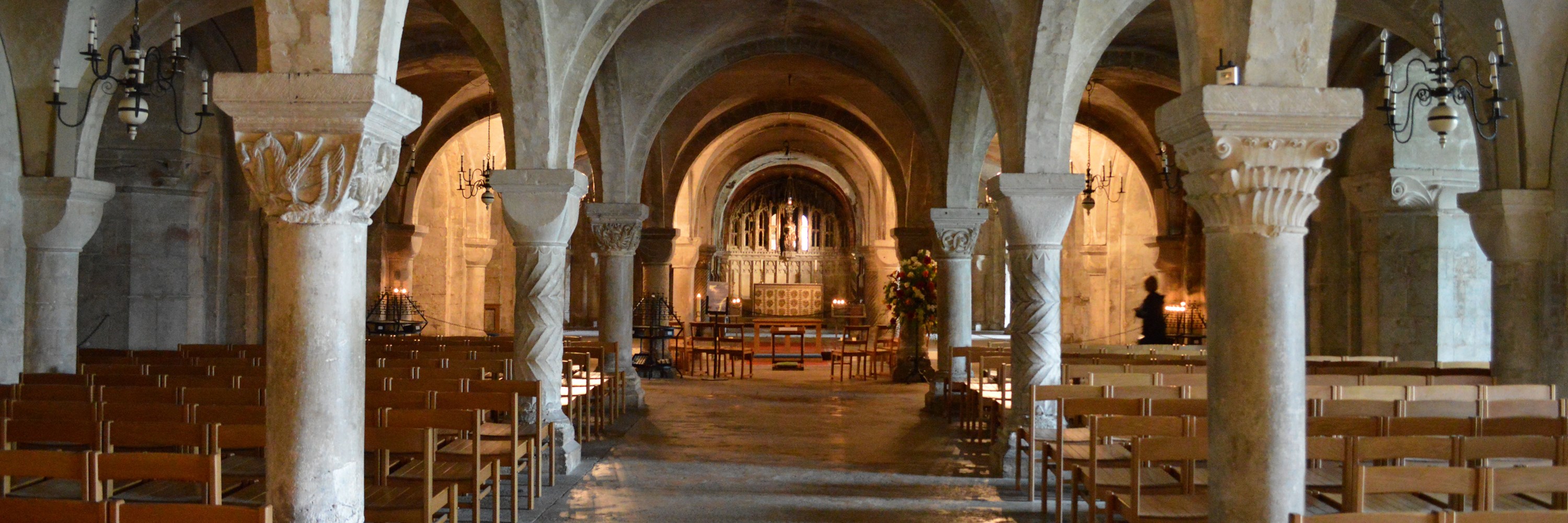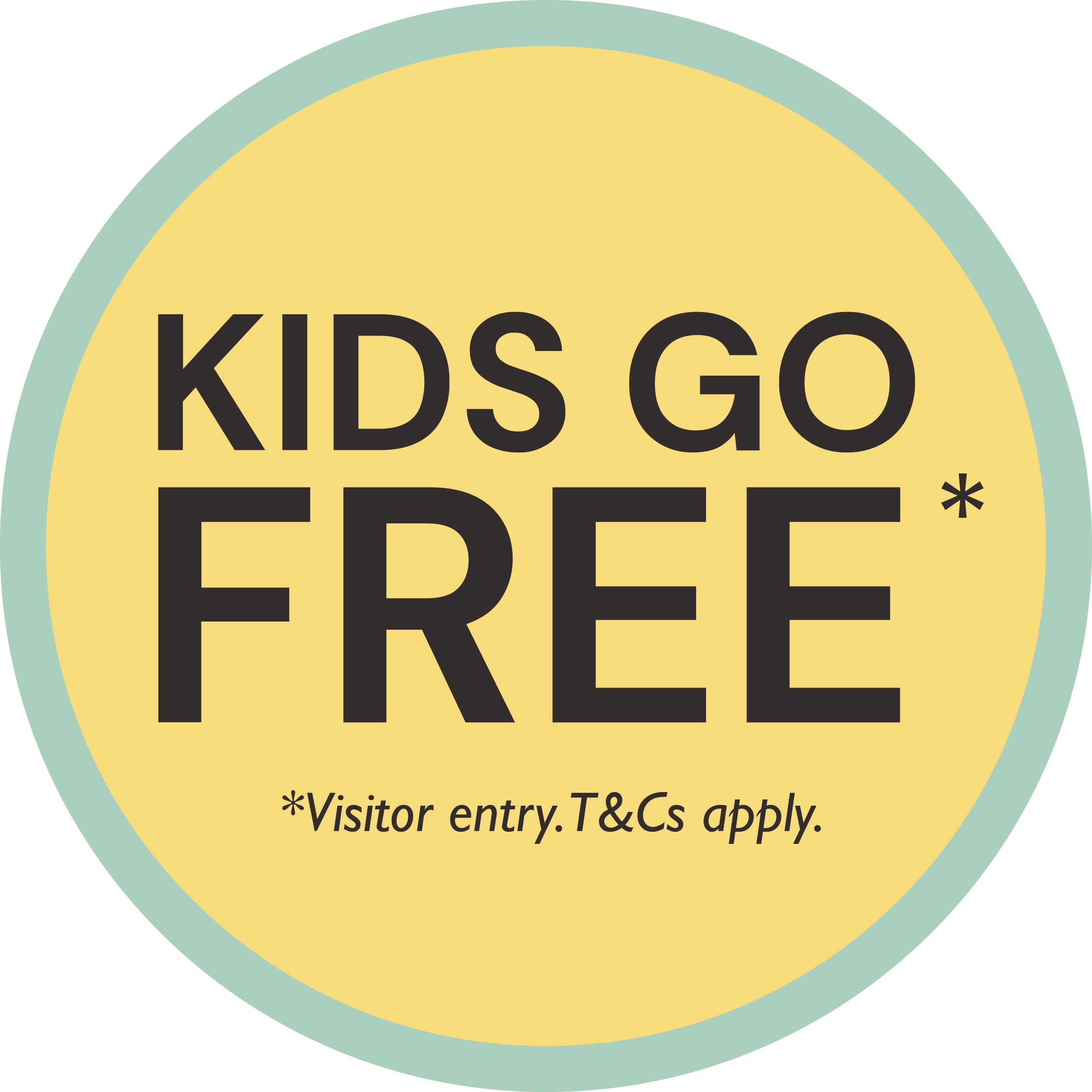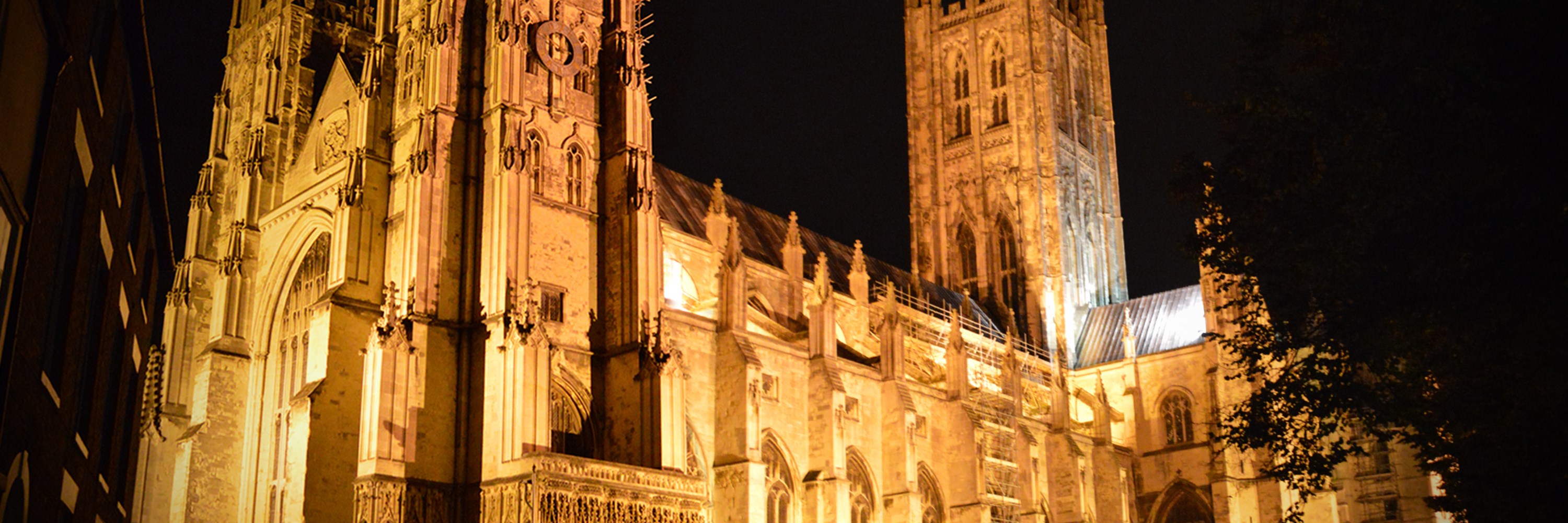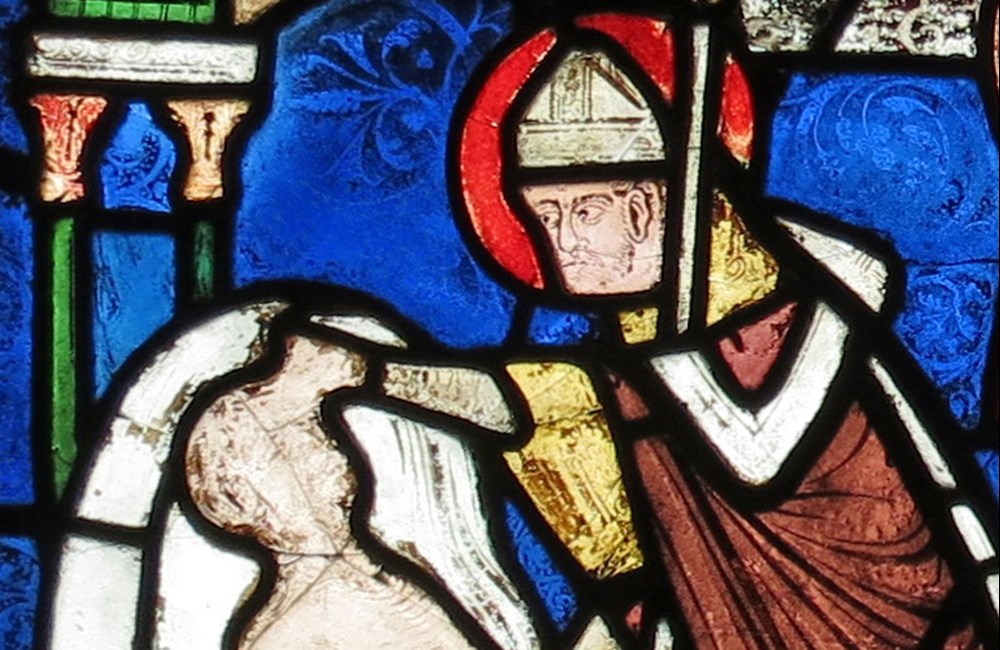Planning a future visit? Remember to check our opening times and upcoming closures.
Founded by St Augustine in 597 AD, Canterbury Cathedral is a unique place of worship, a major pilgrimage destination, a masterpiece of art and architecture, and one of the UK's most-visited historic sites.
Our Story
Primarily this is a place of Christian community, worship and witness. We believe that God’s saving love has been revealed to us in the life, death, resurrection and ascension of Jesus of Nazareth (see What we believe | The Church of England).
Every stone and stained glass window is shaped to give glory to Christ whose name is given to this metropolitical cathedral church. St Augustine was sent here by Pope Gregory the Great as a Christian missionary in 597. He discovered indigenous Christians and worked with them to establish a larger Christian community. In time this became the principal seat of the Archbishop of Canterbury who now leads the Church of England and the worldwide Anglican Communion.
Here our stories of church and state intersect. This includes the martyrdom of Archbishop Thomas Becket on 29 December 1170. He was canonised as St Thomas of Canterbury. Canterbury was already a site of pilgrimage, but St Thomas’ shrine elevated it to one of the most important in medieval Christendom. Subsequent centuries offer layer after layer, making a ‘thick story’ to discover. We sense this in the majesty of our medieval building, the quiet mystery of our crypt, and as our imagination is fired walking around our gardens, ruins and cloisters.
Today, our community is drawn from local people and Christians from across the Diocese of Canterbury and the Anglican Communion, from visitors and tourists, from refugees and those cut off from society through exclusion as well as thousands who join us online for worship. Here we are drawn together in a pilgrimage of faith. Like medieval pilgrims to Canterbury, we find it to be a place of miracle and transformation where we encounter the presence of Jesus Christ.

The Very Reverend Dr David Monteith
Dean of Canterbury
England's First Cathedral
Founded by St Augustine in 597 AD, Canterbury Cathedral is a unique place of worship, a major pilgrimage destination, a masterpiece of art and architecture, and one of the UK's most-visited historic sites. Often referred to as ‘England in stone', the Cathedral has been at the centre of momentous events and upheavals. It is the Mother Church of the worldwide Anglican Communion, seat of the Archbishop of Canterbury, UNESCO World Heritage Site, and resting place of royalty and saints.
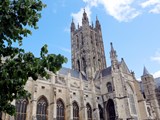
Discover 1400 years of history
Often described as ‘England in stone’, Canterbury Cathedral’s rich history is intrinsically linked to the nation’s story.
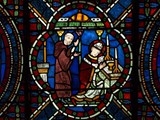
Thomas Becket's Martyrdom
Canterbury Cathedral’s role as one of the world’s most important pilgrimage centres is inextricably linked to the murder of its most famous Archbishop, Thomas Becket, on 29 December 1170. When, after a long-lasting dispute, King Henry II is said to have exclaimed “Who will rid me of this turbulent priest?”, four knights set off for Canterbury and murdered Thomas in his own cathedral. A sword stroke was so violent that it sliced the crown off his skull and shattered the blade’s tip on the pavement.
Healing miracles were soon attributed to Thomas and he was made a saint by the Pope in 1173, just three years after his death.
Book your tickets
Tickets start from £19.50 or free if you have a Cathedral Pass or Friends Card.
Other concessions available, with a valid proof of eligibility.
Group visits and school visits must be booked separately; KIDS GO FREE offer does not apply to group or school visits.
Our historical highlights
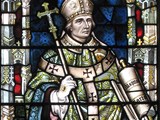
Magna Carta
Thirteenth century Archbishop of Canterbury Stephen Langton played an important role in the negotiations preceding Magna Carta – the charter of liberties sealed by King John in 1215. Only four copies of the 1215 Magna Carta survive to this day, including one held at the British Library which has been identified as the copy originally kept at Canterbury Cathedral.

The Black Prince
The eldest son of King Edward III, Edward of Woodstock – The Black Prince - was one of the most celebrated commanders during the Hundred Years’ War. The Black Prince died before he could become king, and Edward III and the whole court attended his funeral along with Edward of Woodstock’s son, the future King Richard II.
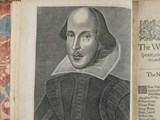
William Shakespeare
A rare copy of Shakespeare’s Second Folio, printed in 1632 at the cost of £1, is held by Canterbury Cathedral Library. Only 250 copies of the book are thought to still remain, with the one selling at a San Francisco auction in 2016 for $177,500.
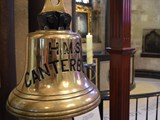
The Battle of Jutland
HMS Canterbury was a 446 feet long C-class light cruiser, carrying a crew of 323. After playing a pivotal role in The Battle of Jutland - the greatest naval engagement of the First World War - she was sold for breaking up, but her spirit lives on through the ship’s bell that can still be seen at Canterbury Cathedral.
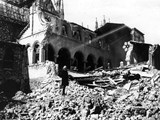
World War II
On 1 June 1942, Canterbury was heavily bombed by the Luftwaffe, with the Cathedral a key target. Despite being hit by incendiary bombs, the Cathedral survived thanks to the bravery of the ‘fire watchers’, who rushed to the roof and put out the incendiaries before they could cause fire.
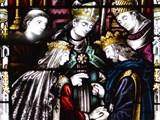
Royal weddings
In 1236, King Henry III married Eleanor of Provence in Canterbury, who was crowned in Westminster Abbey shortly after. Edward I also married his second wife, Margaret of France, in the Cathedral in 1299. Their wedding is depicted in the Chapter House stained glass.
Fascinating facts
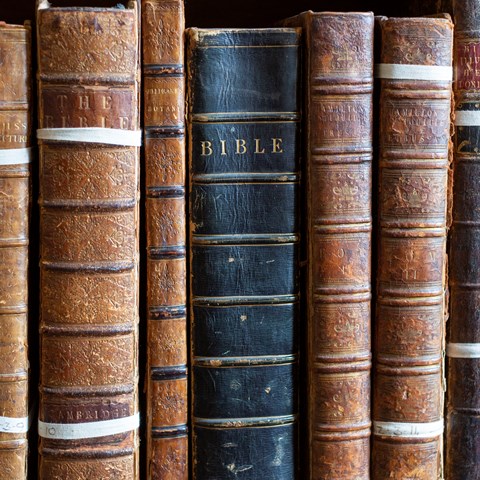
8,000
The archives of the Cathedral contains around 8,000 charters, including 30 that date from before the Norman Conquest!
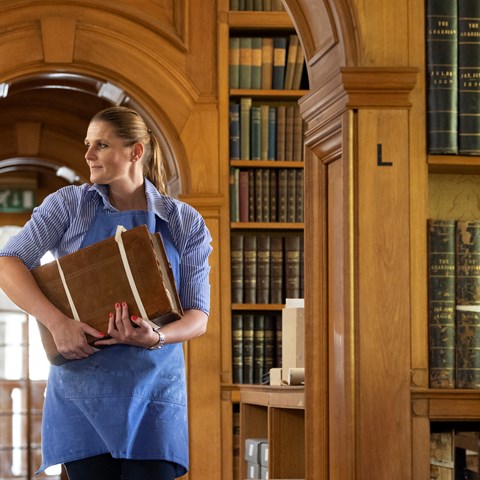
50,000
The Cathedral Library contains about 50,000 books, and holds 40 incunables (books or fragments of books printed before 1501).
Our Archives and Collections contain over 200,000 documents - the oldest of which dates from the late 8th century – and about 3,000 objects.

1988
The year that Canterbury Cathedral, St Augustine’s Abbey, and St Martin’s Church were made a UNESCO World Heritage Site.
What next?
Stay in the loop
Sign up to our newsletter and stay up to date with all the latest events, news and offers
By adding my email I confirm my subscription to the newsletter and understand that the email address provided will be held by the Cathedral and the email service company (dotdigital) to use for distributing this newsletter only. For more information please see the Cathedral Privacy Notice.
